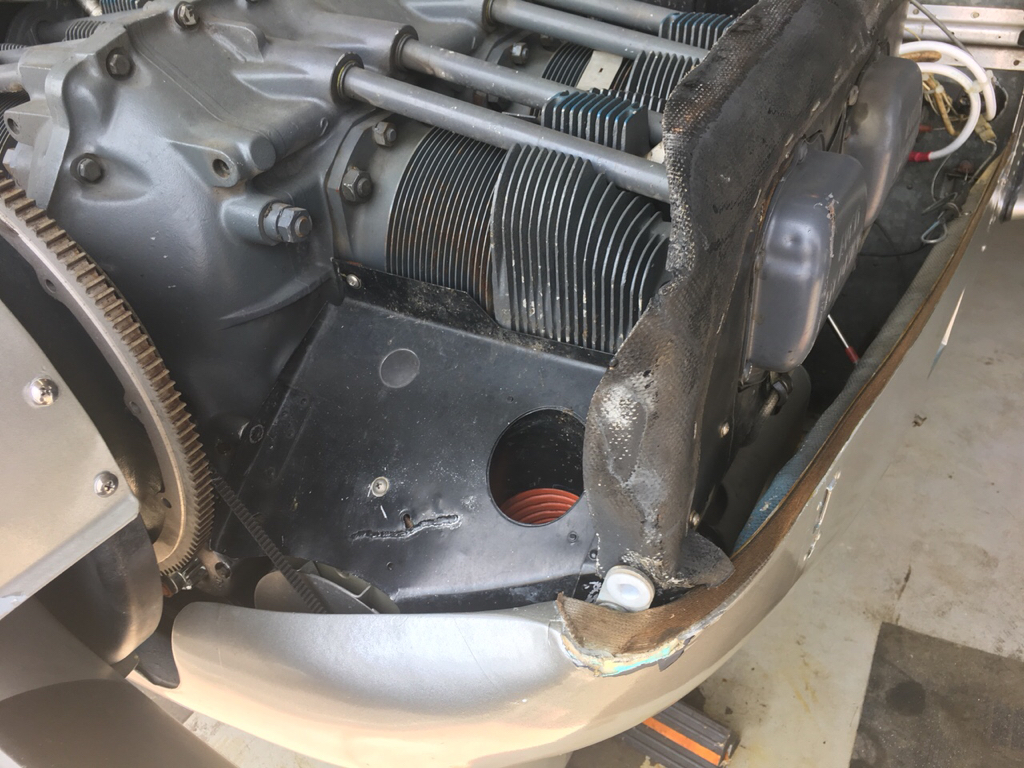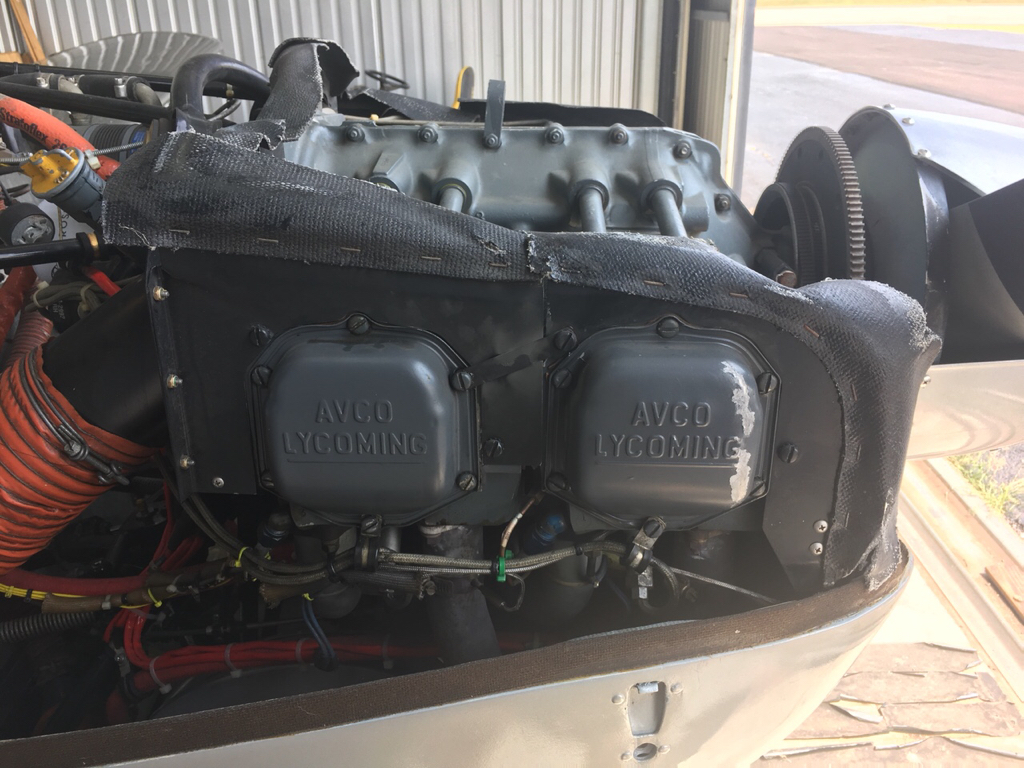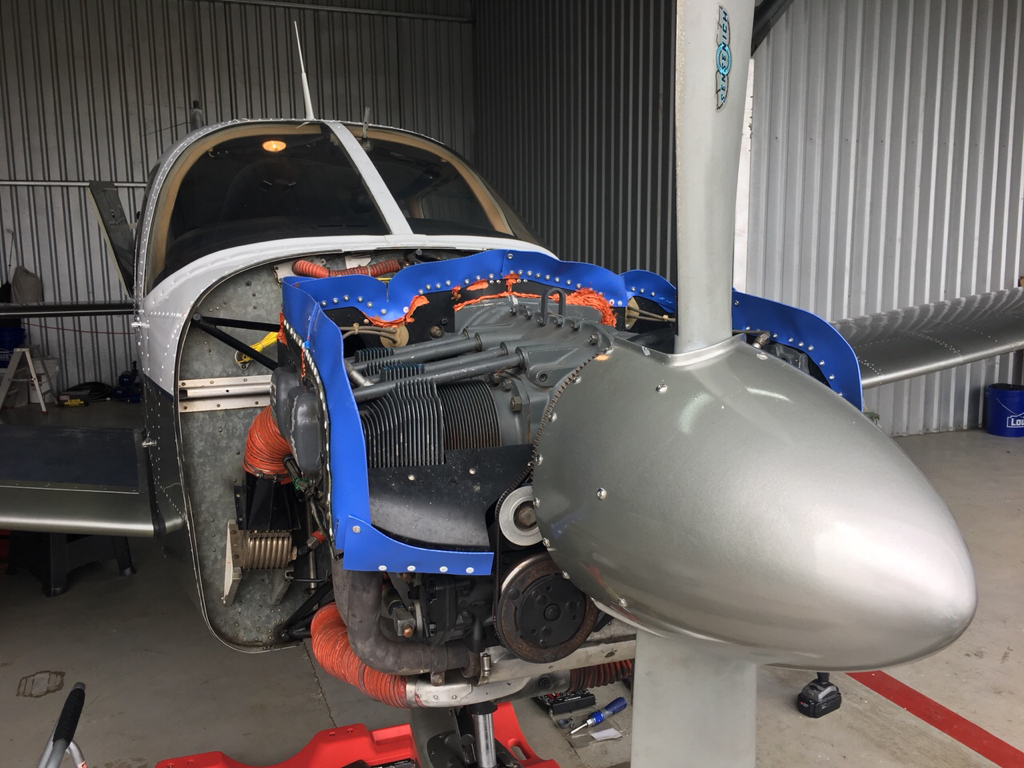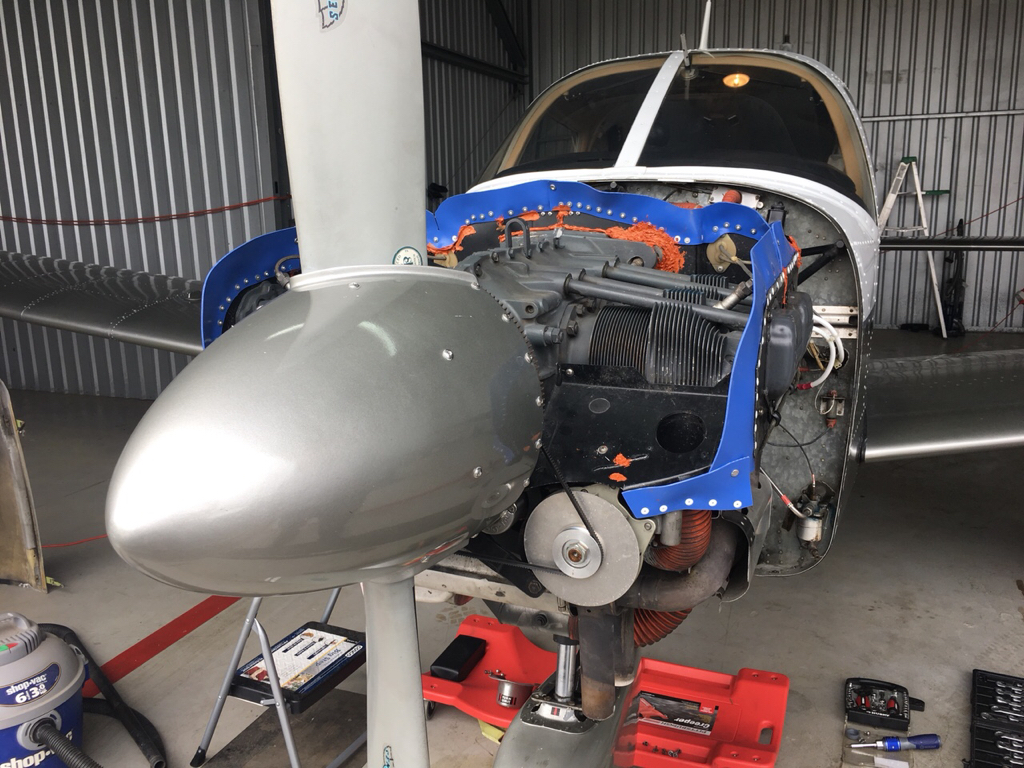Hey guys I have a 1980 Piper Archer. I flew it 12 hours to Oshkosh and back and noticed CHT around 450 in the climb and it would settle in cruise running 100’ ROP to 380-400. When I got back I checked the baffles and they were shot. My mechanic and I got a new kit of the silicone baffle materials that were cut for the archer. Installed and they look and fit great. Also used ultra copper RTV to seal any gaps in the steel and between the case and bottom of the baffle steel.
Test flew it last night with mixed results. The highest CHT I got on climb was 420. In cruise I got 350-360 which is noticeably better. However cylinder number 1 stayed at 400 in cruise. I did not fly for a long time as I was up against time wise. What I did notice however was that my differitial in EGT was down to 50-60. The best I could do coming back to Oshkosh was 90-100. My question is if the EGT are that close is there a chance that the probe in number one is in error? How do they fail (meaning do they show hot when failing or do they just quit working all together) its a JPI 700 with the bar graph and digital read out. The mechanic wants to pull a spark plug and look for a leak or crack near the valve. I also think we should switch probes before we do all that. Finally at Oshkosh I went to a lycoming class and they said to avoid prolonged operation above 400. Does that mean it’s okay on climb out to be above as long as I stay under the rest of the time? Should I even be worried that the CHT in one is 390-400? Engine stats. 950 SMOH lycoming factory reman although it was done in 2002. Oil analysis has been great and it just came out of annual with compressions 78 on all four jugs. Anyways thanks for the help. Before and after pics on the baffles below.




Sent from my iPhone using Tapatalk
Test flew it last night with mixed results. The highest CHT I got on climb was 420. In cruise I got 350-360 which is noticeably better. However cylinder number 1 stayed at 400 in cruise. I did not fly for a long time as I was up against time wise. What I did notice however was that my differitial in EGT was down to 50-60. The best I could do coming back to Oshkosh was 90-100. My question is if the EGT are that close is there a chance that the probe in number one is in error? How do they fail (meaning do they show hot when failing or do they just quit working all together) its a JPI 700 with the bar graph and digital read out. The mechanic wants to pull a spark plug and look for a leak or crack near the valve. I also think we should switch probes before we do all that. Finally at Oshkosh I went to a lycoming class and they said to avoid prolonged operation above 400. Does that mean it’s okay on climb out to be above as long as I stay under the rest of the time? Should I even be worried that the CHT in one is 390-400? Engine stats. 950 SMOH lycoming factory reman although it was done in 2002. Oil analysis has been great and it just came out of annual with compressions 78 on all four jugs. Anyways thanks for the help. Before and after pics on the baffles below.




Sent from my iPhone using Tapatalk
